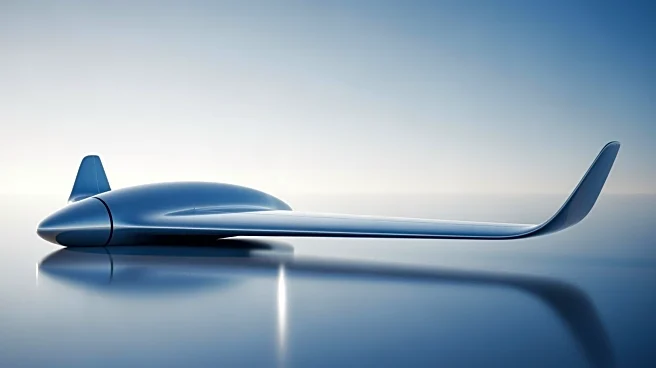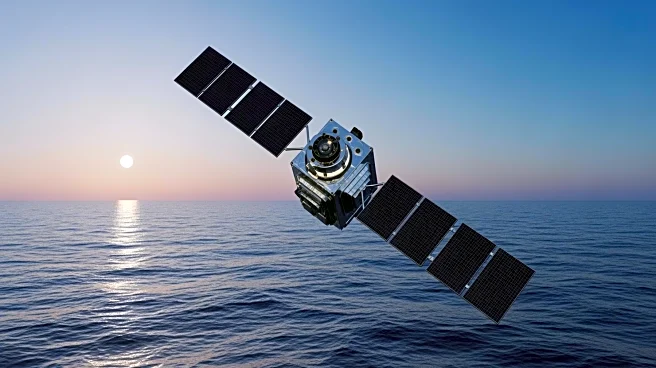What's Happening?
Viasat is advancing its inflight connectivity capabilities by developing a new electronically steered antenna for business jets. This initiative is part of Viasat's multi-orbit strategy, which aims to
provide connectivity across various satellite constellations. The company plans to integrate the new antenna system with the future Telesat Lightspeed low-Earth-orbit (LEO) Ka-band constellation, enhancing the existing Ka-band communications provided by geostationary orbit (GEO) satellites. This integration is expected to improve the experience for applications sensitive to latency and jitter. Viasat has entered into a multi-year agreement with Telesat for Lightspeed services and is collaborating with a large company to develop a flat-panel ESA satellite communications terminal, with an anticipated service entry in 2028.
Why It's Important?
The development of this new antenna system is significant as it addresses the growing demand for reliable and high-speed inflight connectivity in business aviation. By combining GEO and LEO satellite capabilities, Viasat aims to offer a more robust and seamless connectivity experience, which is crucial for business operations that rely on real-time data and communication. This move also positions Viasat competitively against other market players like SpaceX Starlink and Gogo, who have introduced LEO-based services. The enhanced connectivity could benefit business travelers by providing uninterrupted internet access, thereby improving productivity and communication during flights.
What's Next?
Viasat plans to continue expanding its satellite capacity over the Americas, following the recent launch of its ViaSat-3 F2 satellite. The company is also working on integrating Ka-band service from the ESA terminal with existing tail-mounted terminals, allowing simultaneous links between GEO and LEO satellites. This integration is expected to be managed intelligently to optimize connectivity performance. As the development progresses, stakeholders in the business aviation sector may anticipate improved inflight connectivity options, potentially influencing purchasing decisions for aircraft equipped with advanced communication systems.
Beyond the Headlines
The introduction of Viasat's new antenna system could have broader implications for the satellite communications industry, potentially setting new standards for inflight connectivity. The collaboration with Telesat and other partners may lead to further innovations in satellite technology, impacting how connectivity solutions are developed and deployed. Additionally, the focus on reducing latency and jitter could drive advancements in satellite network management, benefiting not only aviation but other sectors reliant on satellite communications.











